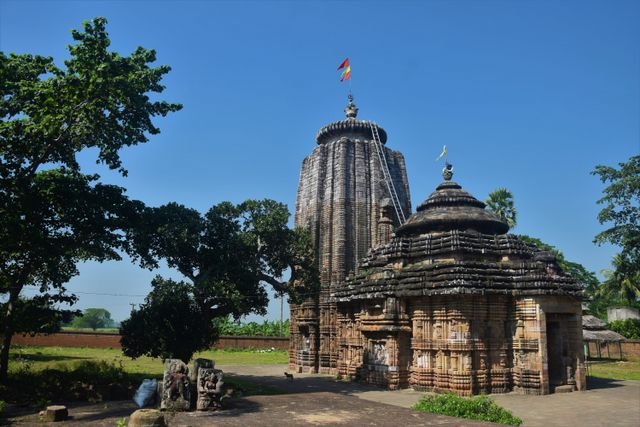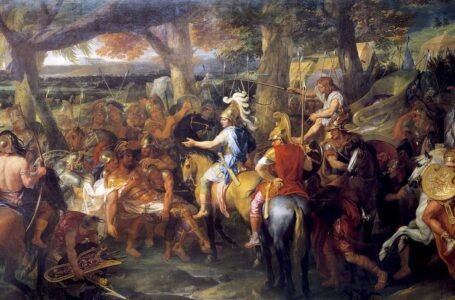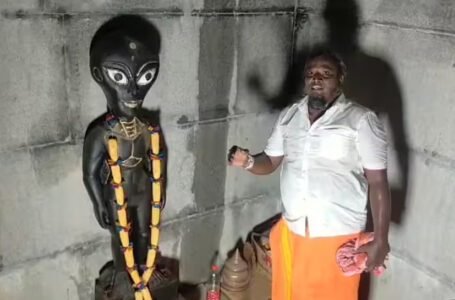Odisha’s Heritage: The Prachi Valley Civilization

-Bhoomee Vats
Nestled between the Bay of Bengal, the Prachi River is one of Odisha’s most holy rivers. While everyone celebrates India’s rich cultural heritage through the Indus Valley Civilization, this river creates a hidden valley that paved the way for a very important civilization, the Prachi Valley Civilization. Odisha’s location between the jungle and mountains and the Bay of Bengal on the east makes it one of the perfect places to house the country’s unique history. The Prachi River flowing through this valley is considered to be the Saraswati of eastern India. This makes the river even more important, as the Saraswati River disappeared a long time ago, but the Prachi River continues to flow even if it is in a limited condition.
The valley and the civilization are known for the monuments which were built alongside the river banks ages ago. These structures are unique in their own ways, and each tells a different story. The civilization includes monuments like stone temples, mutts, brick temples, tirthas, stepping wells, ghats, forts, dunes, and ports, etc. The Prachi Valley stands as a symbol of the cultural heritage of Odisha, a state which has long been ignored in every aspect in India.
Origin of the Valley
Even though the Prachi River is considered to be one of the holiest rivers of Odisha, the origin of the Prachi Valley is still a mystery to all. It is indeed tough to imagine how such a glorious civilisation flourished on the banks of such a small river, when Odisha itself is the home to great rivers like the Mahanadi, Brahmani, Birupa, etc. Even though the Mahanadi, which is the longest river in Odisha, created on its banks a flourished civilisation as old as the state itself, the Prachi River, short as it is, cultivated a civilisation which is essential for the culture and history of Odisha.
The river plays a major role in giving Odisha its unique identity, and this can be seen in the archaeological evidence found in this valley, which points towards a glorious past. The Prachi River today is just a small distributary of the Mahanadi, but its significance is still prominent even after years and centuries. On tracing back, the source of this river was found to be Dakamba, which is a small village near Naraj of Cuttack district. The river flows through the coastal region of the district of Puri before combining with the Bay of Bengal through two bifurcations, Astarang and Konark. The semi-extinct river has its references in the Markandeya Purana, Kapila Samhita, Prachi Mahatmya, Surya Samhita, Gyan Kosha, Samba Purana, Brahma Purana, and the Skanda Purana.
History, Records, and Findings
The region of this valley spreads roughly over an area of 3600 km and came under the rule of ancient Kalinga and its several dynasties. Some of these major dynasties, namely, the Murunda, the Vigraha, the Bhaumakaras, the Chedi, the Somavamsi, the Gangas, and the Suryavamsis. Not just dynasties, the land of Odisha has seen the rise of multiple religions like Jainism, Buddhism, Saivism, Shaktism, and Vaishnavism. Every one of these religions drew their beliefs and practices from the Prachi River and depended on it for their settlements.
In 1906, Govinda Rath discovered a manuscript of a palm leaf of the Prachi Mahatmya in a Math near Konark, discovering, for the first time, the valley’s importance. These manuscripts were written in Odia and highlighted the literary work and the prominence of the valley. Even though found years ago, it was only in 1935 that the first printed version of the Prachi Mahtamya was published by Akuli Chandra Mishra.


